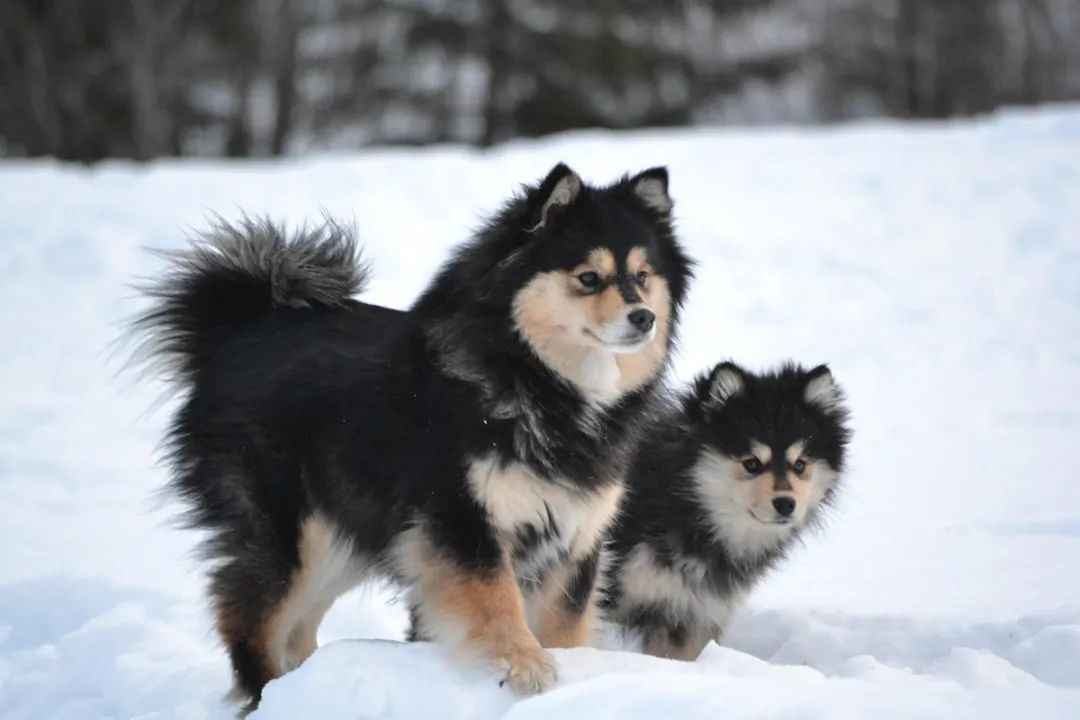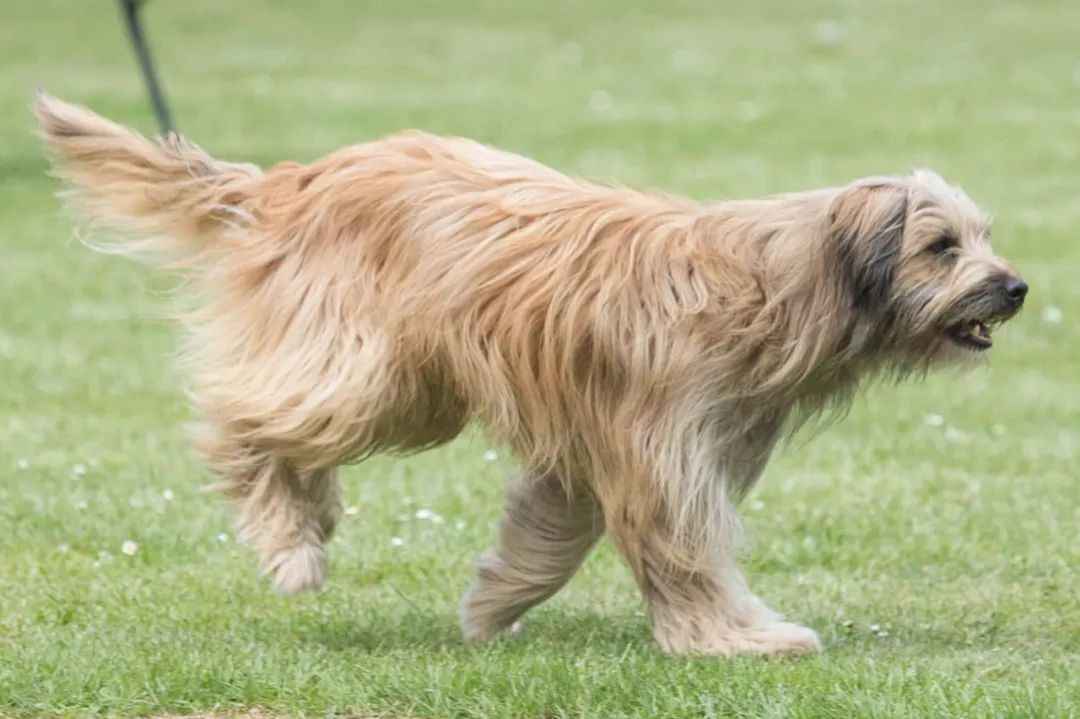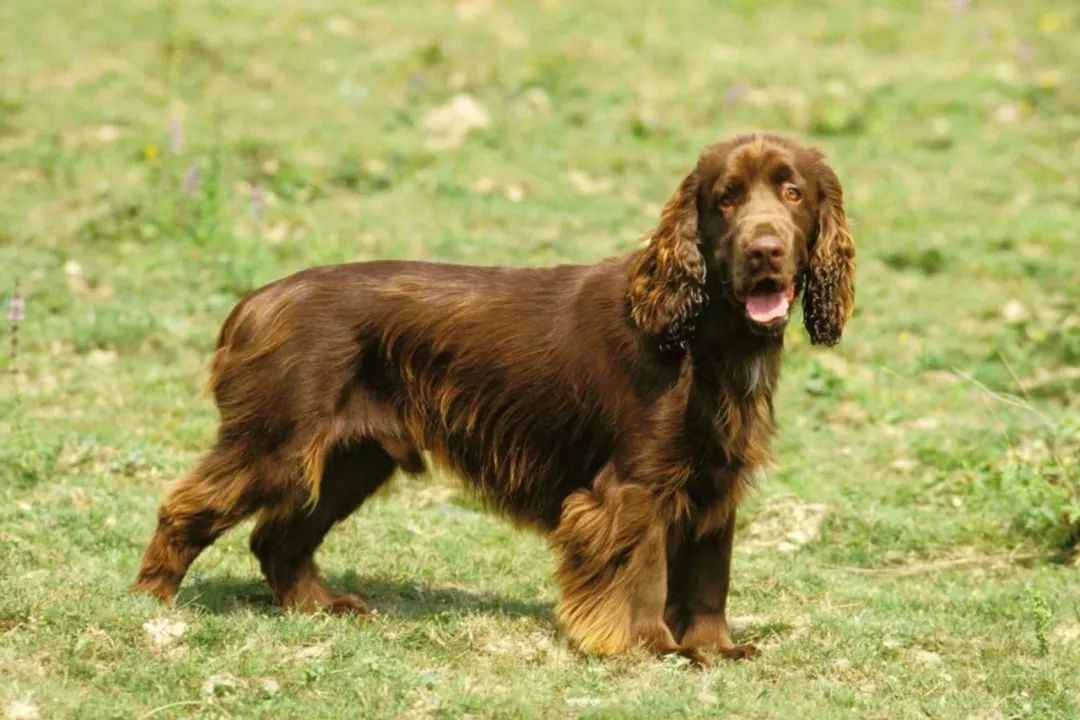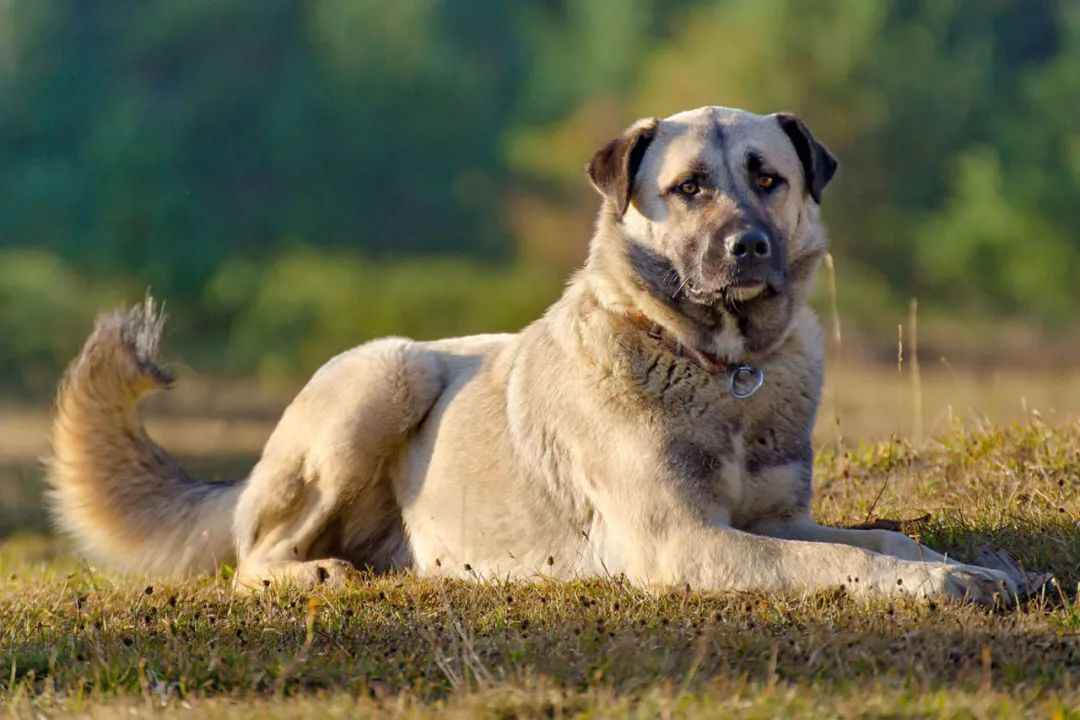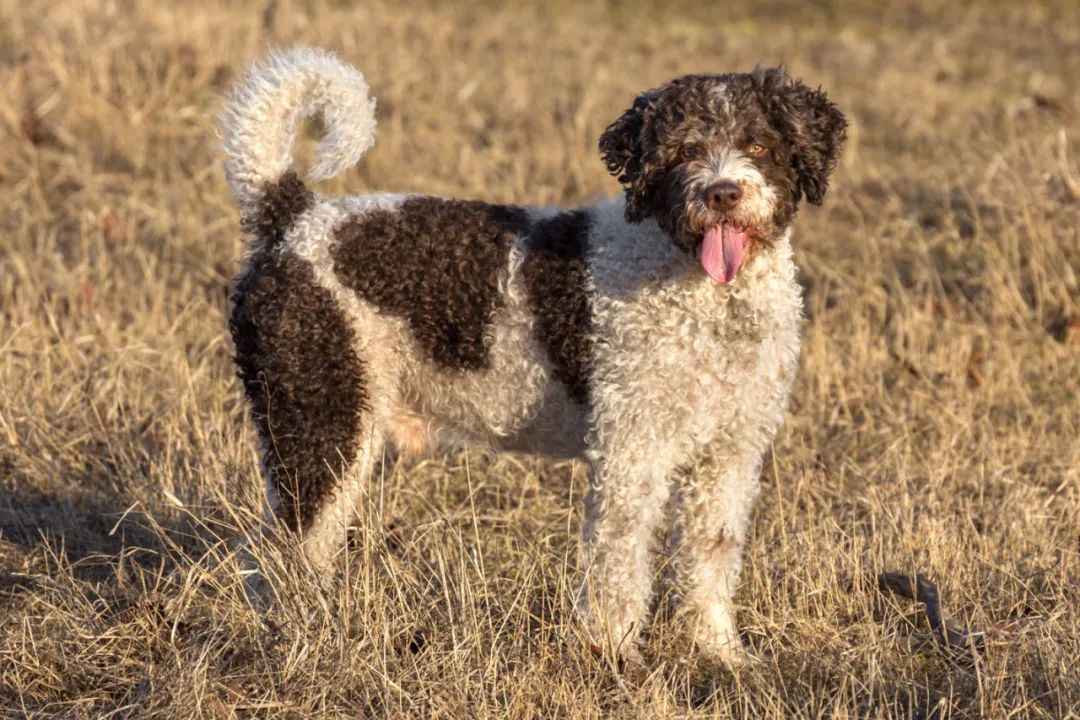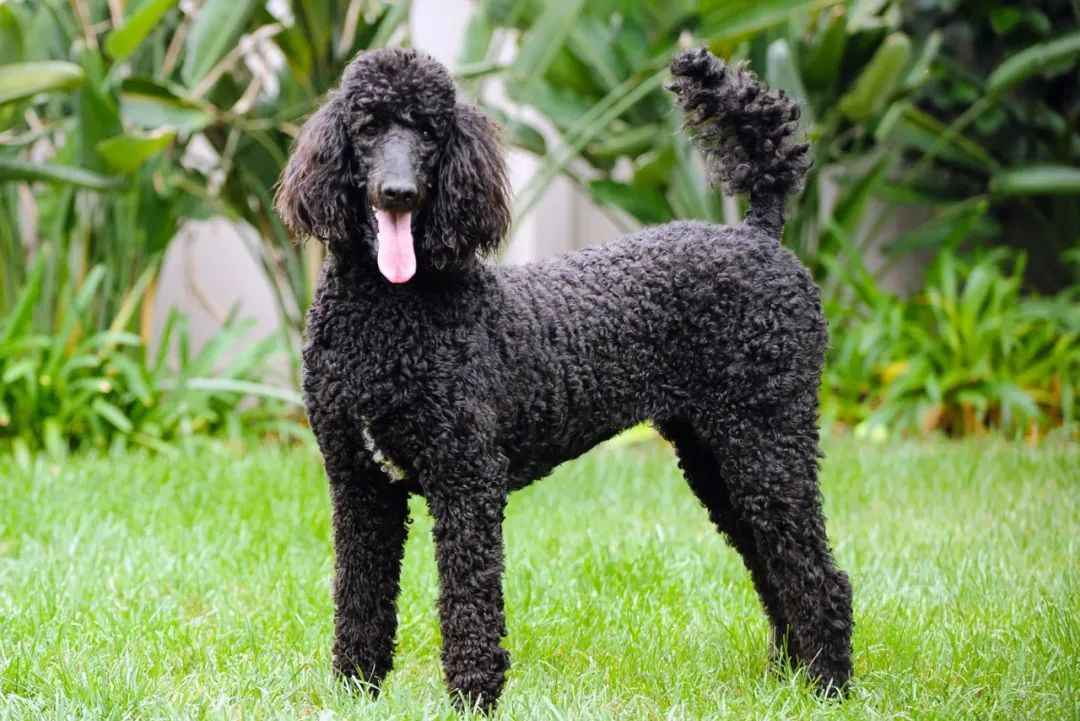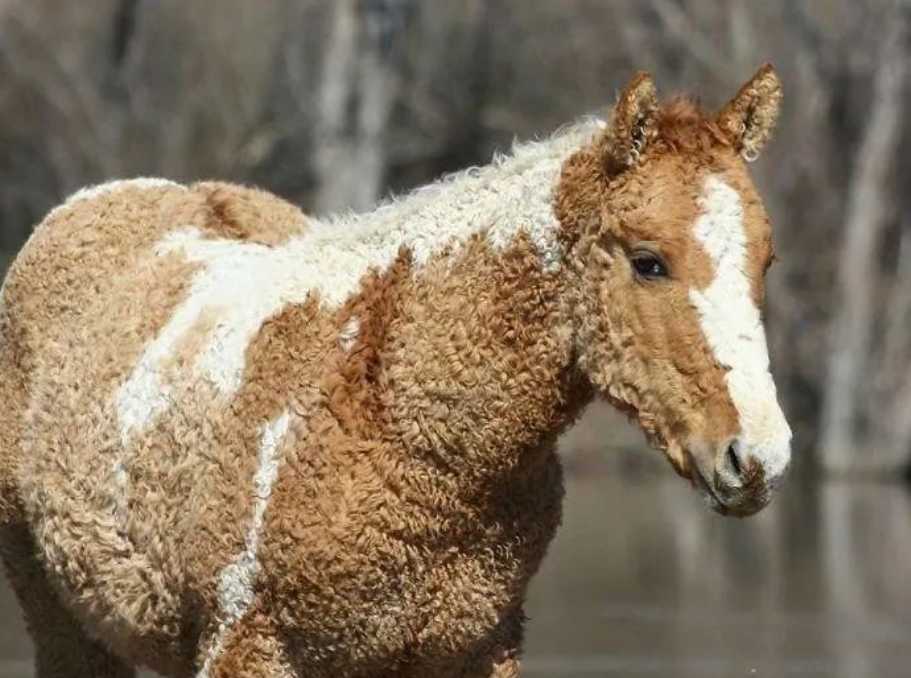Exploring the History, Characteristics, and Role of Finland’s Beloved Reindeer Herding Dog
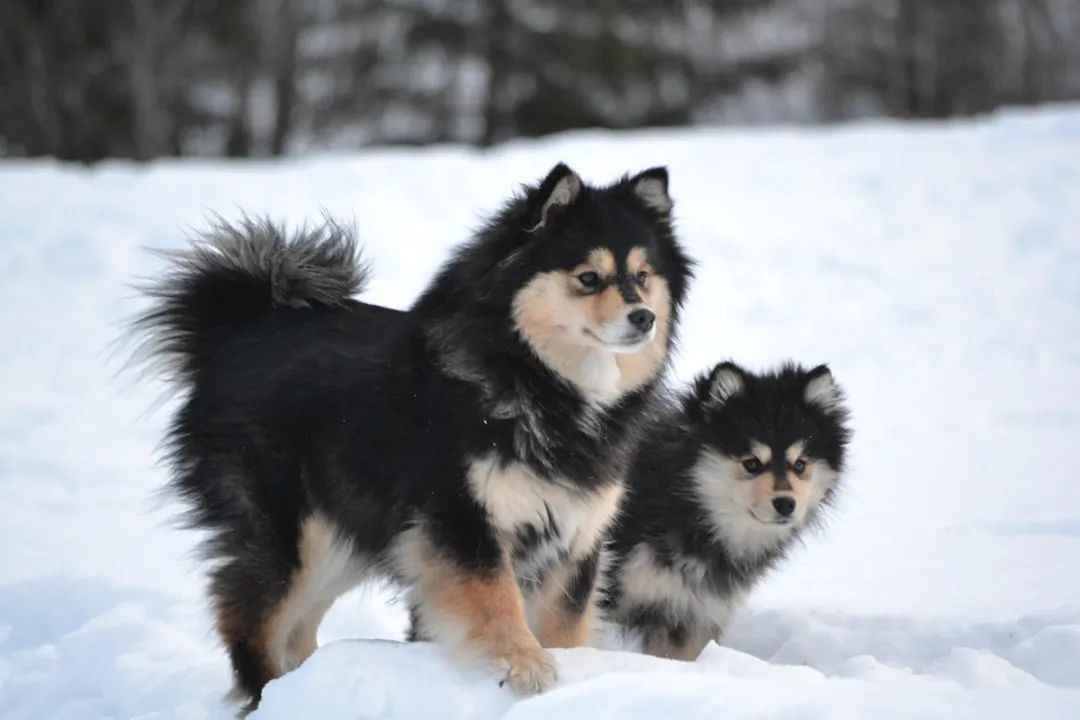
Source: Images from the Internet, if there is any infringement, please contact the removal of
Nestled in the Arctic Circle, the Finnish Lapphund has served as a loyal companion and working partner to the Sami people for centuries. Originating from Lapland—a region spanning northern Finland, Sweden, and Norway—this breed’s history is deeply intertwined with the harsh yet breathtaking landscapes it calls home. Developed initially for hunting wild reindeer, the Finnish Lapphund evolved into a versatile herding dog as reindeer domestication took hold in the 17th century28. By the mid-20th century, breed standards were formalized, and today, it stands as a symbol of resilience and adaptability.
A medium-sized breed with a robust build, the Finnish Lapphund boasts a thick double coat designed to withstand subzero temperatures. Its outer coat is coarse and weather-resistant, while the dense undercoat provides insulation. Common colors include black, brown, sable, and gray, often accented with white markings34. Distinctive features include triangular upright ears and expressive oval eyes, sometimes framed by “spectacle” markings3.
Known for their friendly and outgoing nature, Finnish Lapphunds are affectionate family dogs, thriving on human companionship. Their high intelligence and eagerness to please make them highly trainable, excelling in obedience and agility. However, their strong herding instincts mean they require regular mental and physical stimulation to prevent restlessness47.
For centuries, the Sami people relied on Finnish Lapphunds to manage reindeer herds, a task that demanded agility and quick reflexes to navigate stubborn reindeer and rugged terrain. Even today, some dogs still work alongside herders, though their role has expanded to include search-and-rescue, therapy work, and beloved family pets12.
The breed’s journey to global recognition was marked by milestones: it was first introduced to the U.S. in 1987 and gained full AKC recognition in 201169. Despite its growing popularity, the Finnish Lapphund remains relatively rare outside Scandinavia, cherished for its versatility and unique “Lapphund gaze”—a soulful expression that reflects its deep bond with humans413.
With a lifespan of 12–15 years, the Finnish Lapphund is generally robust but prone to hereditary conditions like hip dysplasia and progressive retinal atrophy. Regular veterinary checkups, genetic testing, and a balanced diet are essential for their well-being47. Grooming involves weekly brushing to manage shedding, especially during seasonal coat changes4.
Beyond its practical roles, the Finnish Lapphund holds cultural significance in Finland, where it ranks among the top 15 most popular breeds. Its portrayal in folklore and art underscores its status as a national icon. Whether herding reindeer under the Northern Lights or curling up by the hearth, this breed embodies the harmony between nature and humanity in the Arctic realm11.
As the world increasingly embraces the Finnish Lapphund’s charm, its legacy endures—a testament to the enduring partnership between humans and their canine companions in one of Earth’s most unforgiving yet beautiful environments.
